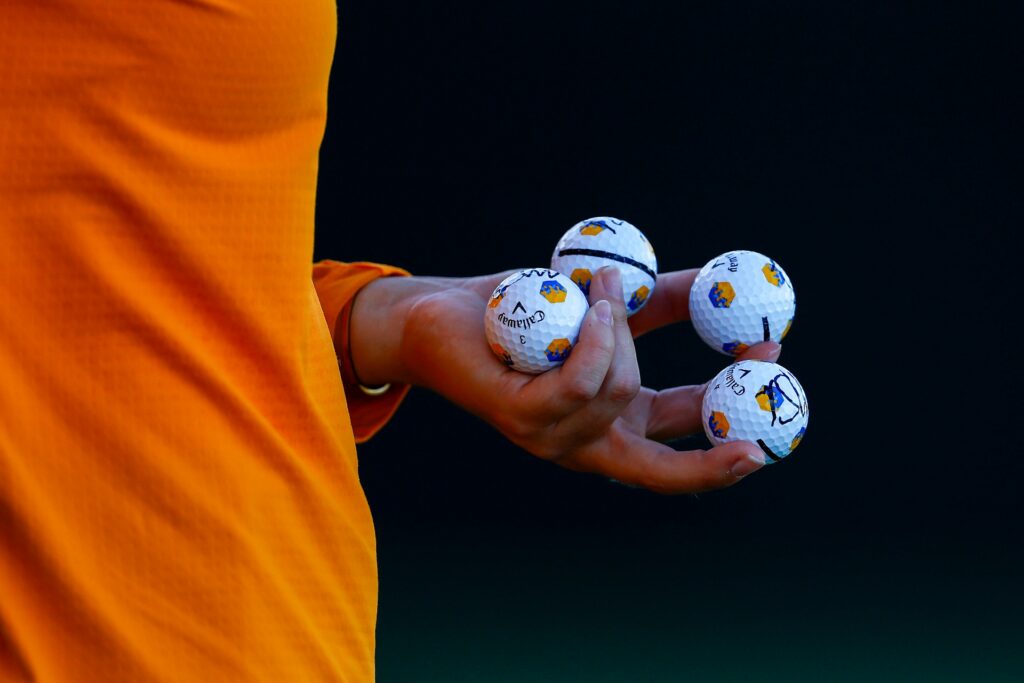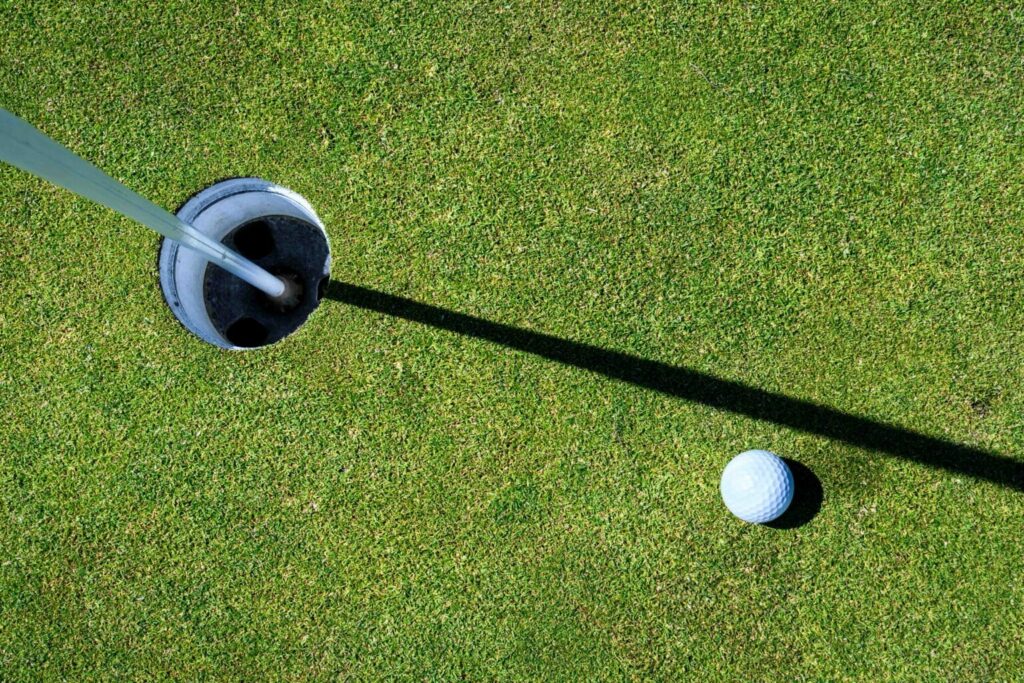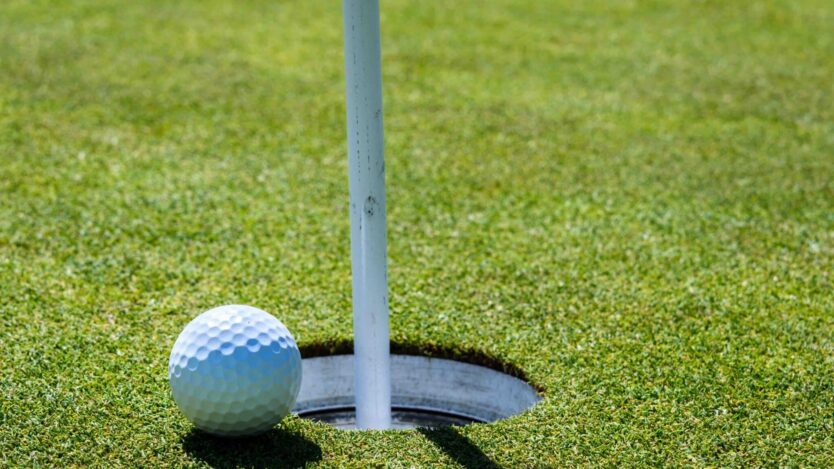The governing body have ditched the term ‘winter rules’ and embarked on a new way of helping clubs during inclement weather. Here are the main takeaways
This article is part of GCMA Insights – topical content for golf industry professionals, discussing the things that matter to those who work in golf clubs.
October was always a key month in the golfing calendar. It was the time England Golf, and other governing bodies in the home unions, announced the start of ‘Winter Rules’.
From now, usually until the end of April, clubs had several tools at their disposal to assist them as course conditions became challenging.
But the way that’s operated has now changed. Winter Rules have gone, to be replaced by Adverse and Extreme Weather guidelines.
England Golf have produced a new reference guide and highlighted supporting rules. While you’ll recognise much of it, there are a couple of big changes worth highlighting as the days get darker and colder…

The idea is to encourage more scores for handicapping
Though the World Handicap System does not recognise a traditional golf calendar, some clubs have been reluctant to allow scores to be returned all year round.
Some may not have rated courses, while others make their courses inactive so competition and general play scores don’t count.
Get involved in the debate.
To join the GCMA, click here, or to organise a call with a call with a member of the GCMA team, just complete the form below.
The Adverse/Extreme Weather guidelines say “players should be encouraged to return scores for handicapping throughout the year, as WHS does not have an off-season within GB&I”.
The Local Rules, yardage compliance requirements, and guidelines for closed holes and default markers are there to assist that.

Preferred Lies can be used all year round
This is the biggest change. Model Local Rule E-3 allows players whose ball is in a part of the general area cut to fairway height or less to take free relief by placing their ball in a relief area. It’s usually around six inches.
Clubs could normally utilise that rule between the start of October and the end of April, although wet winters have meant England Golf have lengthened that period by another month over the last couple of years.
Outside of that time frame, clubs that were suffering had to ask the permission of their county to use the rule.
With sudden wet weather now more frequent throughout the year, that historical barrier has been removed and clubs can use it throughout the year.
There are a couple of caveats. “Clubs must use the Model Local Rule appropriately and on areas of the course where it is required. They must also be removed as soon practicably possible.
WHY JOIN THE GCMA?
Membership of the GCMA unlocks a network of like-minded professionals, provides you with support in your professional and personal development, and provides you with a multitude of benefits. Whether that’s the tools that will help you to excel in your profession, or a wide range of services to support your wellbeing, signing up to the GCMA is joining a community.
But it now makes clubs the judge of whether the playing conditions on their course are suitable or not.
Preferred lies are blanket, but clubs may have small areas that are either regularly wet or have become saturated and which don’t affect the rest of the course.
The guidance says they should first consider using Model Local Rule E-2, Cleaning Ball, on those parts of the general area where “conditions result in an unfair playing condition”.
That rule requires players to mark the spot of the ball before lifting, and then replace it on its original spot when the ball has been cleaned.

You can use Plastic Hole Stabilising Rings
These caused a stir last year when the R&A said Plastic Hole Stabilising Rings did not comply with the Rules of Golf. That meant scores could not be acceptable for handicapping purposes when they were in place.
But that decision was reversed in May and the rings, which help stop debris falling into the hole and keep it intact in the worst of the weather, are now allowed.
The R&A recommend that the one-inch stipulation for the liner, that is part of the definition of hole in the rule book, be followed as far as possible.
And they’ve given leeway to use the rings throughout the year when soil might be crumbling because of dry weather, or falling away due to excessive water.
“It is also important to note that as soon as the ground conditions are not affected by extreme conditions, hole liners are no longer acceptable, and they must be removed,” they said.

Temporary Greens
But much of the other guidelines remain consistent with those seen under previous England Golf winter checklists, including the number of temporary greens that can be used for an 18-hole scores to be acceptable – it’s no more than two – as well as the ability to close holes and set default markers within the WHS Portal.
You can read the Adverse/Extreme Weather Reference Guide here.
This article is part of GCMA Insights – topical content for golf industry professionals, discussing the things that matter to those who work in golf clubs.
Get involved in the debate. To join the GCMA, click here, or to organise a call with a member of the GCMA team, just complete this form and we’ll be in touch!
Enquiries
"*" indicates required fields



